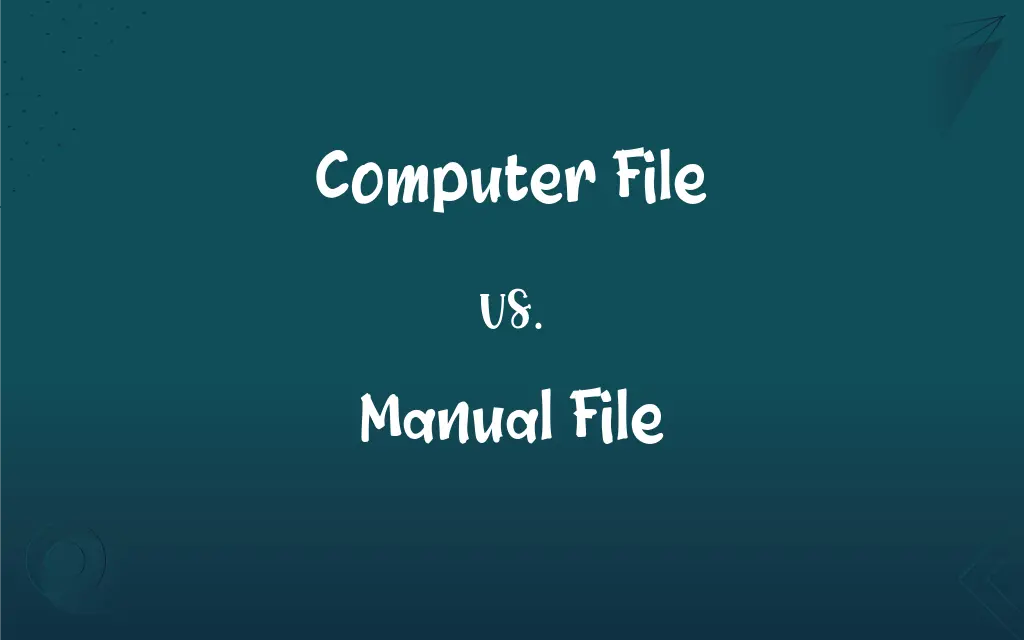

A computer file represents data stored electronically on a digital device, enabling swift data retrieval, sharing, and modifications, juxtaposed with a manual file, which is tangible, requires physical space for storage, and entails manual efforts for organization, access, and management.
While a computer file enables data encryption, backups, and remote access, fostering data security and convenience, a manual file provides a physicality that can be accessed without technological means but demands physical safeguarding and is susceptible to damages like wear, tear, or environmental factors.
Interacting with a computer file offers the ability to effortlessly copy, transmit, and alter data without necessitating the physical duplication of information, while a manual file is bound by the tangible limitations of physical paperwork, often involving photocopiers or manual rewriting for duplication or distribution.
Computer files permit advanced searching capabilities, using keywords or data types to swiftly locate information, whereas manual files necessitate a more hands-on approach, with individuals often manually sifting through documents or utilizing a physical indexing system to locate necessary information.
Accessibility and sharing of a computer file are facilitated electronically, often instantaneously and globally accessible with internet connectivity, while sharing a manual file usually involves physical transportation or mailing, restricting immediate and widespread data accessibility.